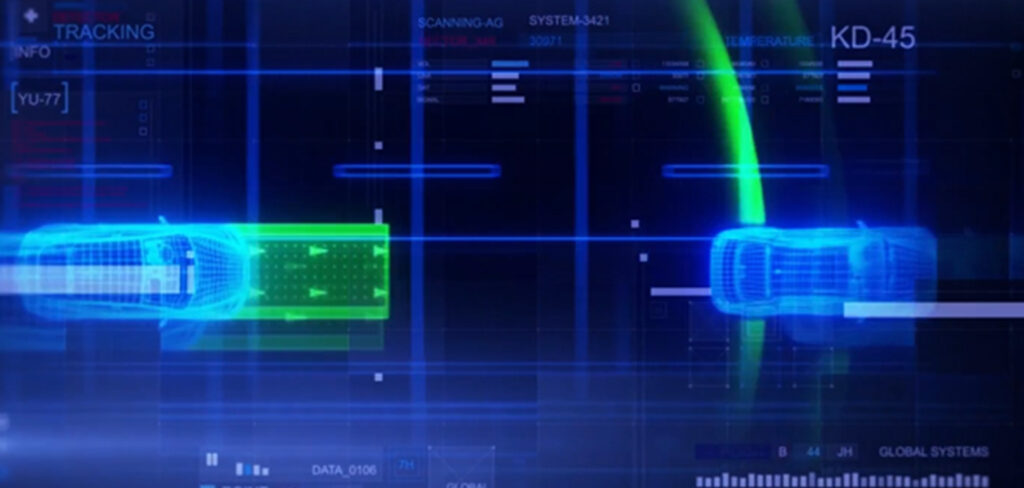Real-Time Innovations (RTI), a developer of software frameworks for autonomous systems, has released Connext Drive 2.0, its production-grade connectivity framework for software-defined vehicles. The company states the framework will accelerate direct integrations into AUTOSAR (AUTomotive Open System Architecture) Classic and ROS 2 (Robot Operating System), enabling developers to leverage data-centric connectivity with familiar ecosystem architectures. This allows developers to build on existing, familiar platforms and eliminates the need for custom programming. It also minimizes overall system complexity and cost, while building a futureproof, evolving system that doesn’t compromise performance.
The framework is based on the Data Distribution Service (DDS) standard, the leading data connectivity standard that has also been adopted by automotive standard organizations, AUTOSAR and ROS. This will help OEMs rapidly design multiple vehicle architectures by selecting the optimal features and functions for any specific use case.
“RTI Connext Drive helps address a fundamental challenge for the vehicle of tomorrow by providing a data-centric architecture,” said Nelson Quintana, head of the Infineon Automotive Silicon Valley Innovation Center (SVIC). “We recognize the value of such technology and look forward to expanding our cooperation with RTI to bring its DDS-based technology, combined with Infineon’s leading automotive microcontroller portfolio including the AURIX family, to enable next-generation E/E architectures.”
Connext Drive 2.0 features include an integration toolkit for AUTOSAR Classic, consisting of a set of tools bridging AUTOSAR Classic ECU modeling and configuration workflows with RTI Connext Drive 2.0, for rapid and scalable communication of embedded, real-time and secure systems. This integration simplifies the design and evolution of DDS-enabled automotive ECUs. There is also a ROS 2 toolkit that includes a growing library of tools to simplify ROS 2 and Connext Drive ecosystem integration, providing ROS 2 developers with a bridge to production-grade systems. Through this integration, RTI says users can slash latency in their ROS 2 systems via a custom ROS middleware wrapper developed by RTI.
Finally, Connext Drive Launcher helps users design a vehicle according to a specific use case, including next-generation E/E, ADAS, teleoperations, simulation and high-performance compute (HPC). By selecting the optimal features for a specific use case, developers achieve increased productivity and accelerated time-to-market.
Connext Drive 2.0 includes components safety-certified by TÜV Sud to ASIL D level – the highest level of software certification – ensuring functional vehicle safety for each component, from the ECU to the central gateways. It also includes interoperability with two popular real-time operating systems: QNX for safety over armv8; and AUTOSAR Classic OS implementation over Infineon TriCore, offering a reliable, low-risk path to safe, production-grade vehicles. Connext Drive 2.0 is in production vehicles on the road in the US, Europe and Asia.


